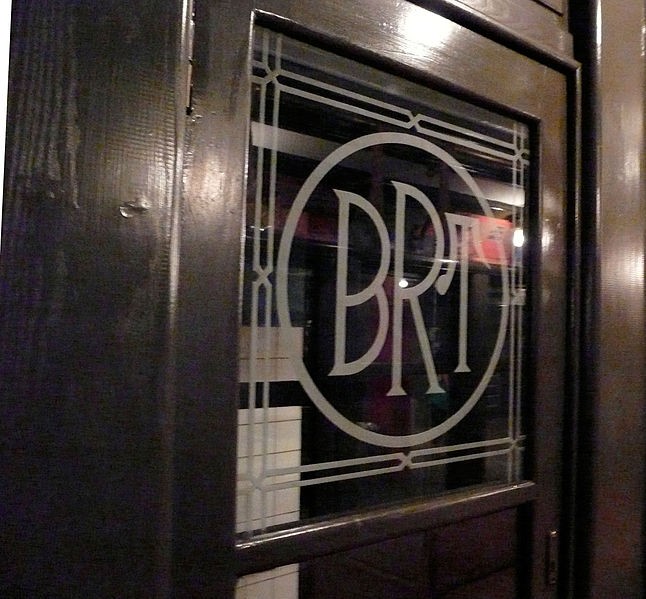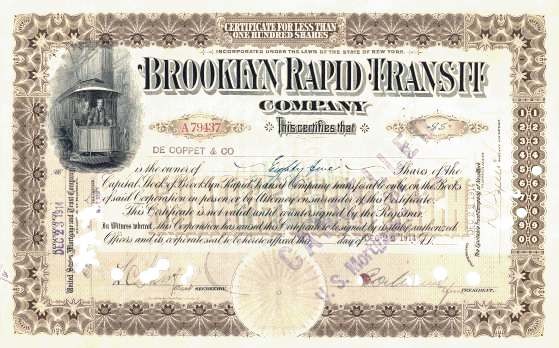
early 20th century wall mount route line map holder designed and fabricated exclusively for the brooklyn rapid transit company.
51-22395-15
Category
Non-Chicago ArtifactsAbout This Item
all original and completely intact early 20th century antique american wall mount route line map holder designed and fabricated exclusively for the brooklyn rapid transit company. the single slot map holder is comprised or ornamental cast iron with a front grille surrounding a centrally located “brt” encircled logo. the backside is made of sheet iron. the old green paint finish has an allover crazed paint finish. the very rare brooklyn transit artifact was salvaged from a station sometime during the 1940’s, according to the previous owner. the brooklyn rapid transit company ( brt) was a public transit company incorporated january 18, 1896. in its infancy it acquired and consolidated lines including the bankrupt long island traction company in early february, the brooklyn heights railroad and the lessee of the brooklyn city rail road. it then acquired the brooklyn, queens county and suburban railroad leased on july 1, 1898. the brt took over the property of a number of surface railroads, the earliest of which, the brooklyn, bath and coney island railroad or west end line, opened for passenger service on october 9, 1863 between fifth avenue at 36th street at the then border of brooklyn city and bath beach in the town of gravesend, new york. a short piece of surface route of this railroad, near coney island creek, is the oldest existing piece of rapid transit right-of-way in new york city, and in the u.s., having opened on june 8, 1864. initially the surface and elevated railroad lines ran on steam power. between 1893 and 1900 the lines were converted to electricity operation. an exception was the service on the brooklyn bridge. trains were operated by cables from 1883 to 1896, when they were converted to electric power[4] brt opened its first short subway segment, consisting only of an underground terminal at the foot of the williamsburg bridge at delancey and essex streets in manhattan on june 16, 1908. this line was extended under delancey street and centre street to a new five-platform complex at chambers street beneath the manhattan municipal building at the foot of the brooklyn bridge on august 4, 1913. the brt opened its first brooklyn subway under fourth avenue on june 22, 1915, running over the manhattan bridge to a junction with the aforementioned nassau street line at canal street. the brt opened the first segment of its manhattan main line subway, the broadway line, as far as 14th street – union square on september 4, 1917. all of these subways but the first short segment were built by the city as part of the dual contracts. the elevated railroads were operated by a new corporation, the new york consolidated railroad. in 1913, the brt, through another subsidiary, the new york municipal railway, signed the dual contracts with the city of new york, to construct and operate new subways and other rapid transit lines to be built or improved under these contracts. world war i and the attendant massive inflation associated with the war put new york transit operators in a difficult position, since their contracts with the city required a five-cent fare be charged, while inflation made the real value of the fare less than three cents in constant currency value. on november 1, 1918, the brt suffered the malbone street accident, the second worst rapid transit train wreck to occur in the united states, killing at least 93 people. this caused further destabilized the financially struggling company. brt became insolvent in 1919. in 1923 the brt was restructured and released from bankruptcy as the brooklyn–manhattan transit corporation. some of the former elevated system of the brt, dating to 1885, remains in use today. the largest section is the part of today’s bmt jamaica line running above fulton street from the alabama avenue station to a small section turning north after thecrescent street station. most of the other surviving structures were either built new or rehabilitated between 1915 and 1922 as part of the dual contracts. one piece of structure, the elevated portion of the franklin avenue shuttle, built in 1896 and 1905, was extensively rebuilt in 1999.










